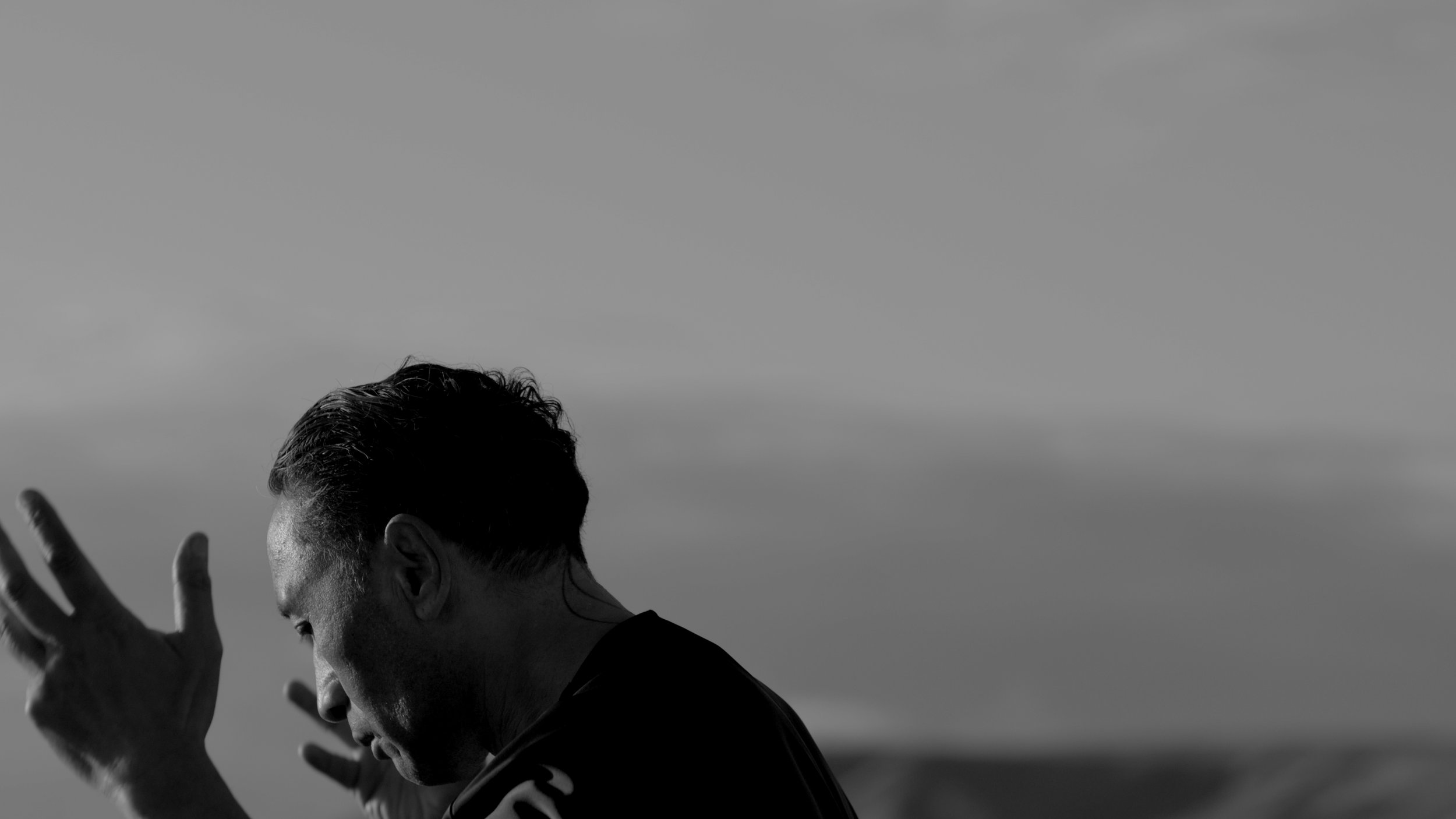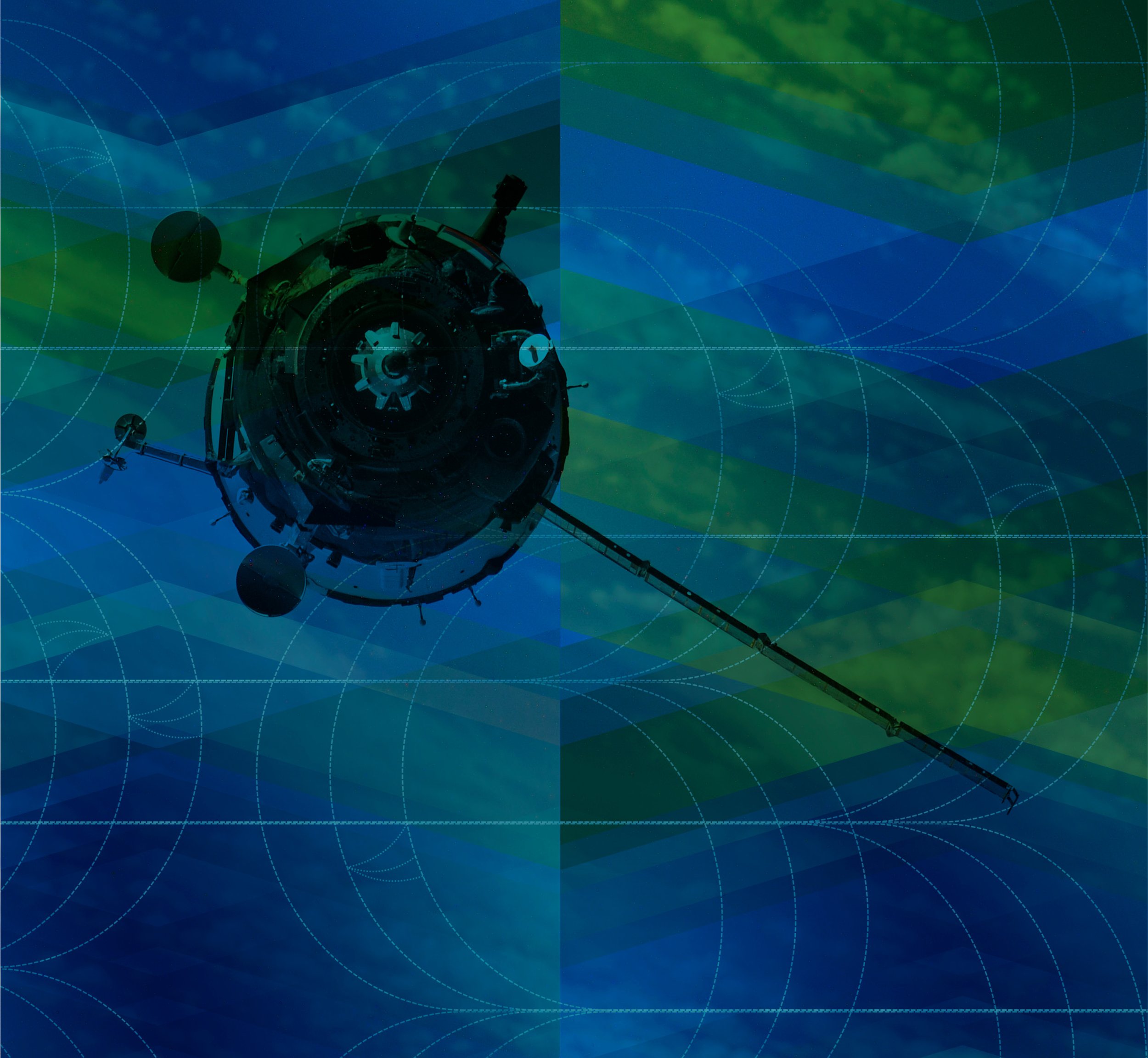
Understanding the natural world as the domains of the atua “permeates all aspects of communal life, establishing a set of obligations and responsibilities to protect the life-sustaining capacity of the environment to enable communities to flourish.”
[1] Forster, M. (2022).
How
Mana Atua
As Māori, we frame the world through whakapapa, through which all things are connected and related to us as kin. Based on the law of utu, actions that we take that diminish the mana and mauri of the environment must, in time, be returned to us, diminishing our own mana and mauri.
Within our culture, there is knowledge that allows us to understand the relationship balance we have with the realms of atua, whether forests, rivers, or cultivated lands. This balance is sensed through changes in environmental patterns, and this knowledge is passed down over generations through our karakia, pūrakau, waiata, and ways of being.
Today, new technologies are emerging that can detect environmental changes in new ways. Satellites and drones carry sensors that scan the atmosphere, the earth’s surface, and the ground. Likewise, ground-based sensors can generate a myriad of environmental data. Artificial intelligence (AI) is used to find patterns in this data, revealing connections and insights not seen before.
Mātauranga can be combined with these technologies, guiding where and how sensors gather data and train AI, generating information that can assist in understanding the relationship balance we have with the atua. Moreover, advances in virtual reality and digital twins offer unique ways to present this information that align with Māori ways of understanding.
Bringing these technologies together with mātauranga Māori offers the opportunity to create the Kaitiaki Intelligence Platform, an indigenous Environmental Sensing Network (ESN).
KIP Report: An automated sensor network design for meeting the environmental intelligence needs of Māori Agribusiness Collectives and Iwi
Table 5: Atua domains linked with the Kaitiaki Intelligence Platform modules.


